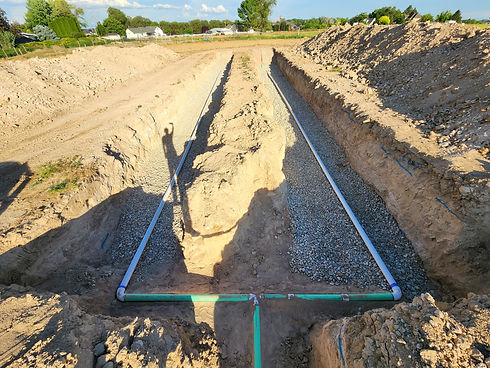UNDERGROUND UTILITIES
Hidden. Vital. Infrastructure.
Underground utilities refer to the vast network of essential services and infrastructure that are buried beneath the earth's surface. These utilities include water supply lines, sewer systems, electrical cables, natural gas pipelines, telecommunications cables, and more. The advantage of burying these utilities is that it protects them from external factors like weather, physical damage, and vandalism. Additionally, it preserves the aesthetic quality of urban and rural landscapes. However, it also poses challenges when maintenance or repairs are necessary. Locating and accessing underground utilities for maintenance or expansions typically requires specialized equipment and professional expertise. Effective management and accurate mapping of underground utilities are crucial to ensure the reliable functioning of these systems and to prevent potential hazards associated with unintentional damage or excavation-related accidents.


SEPTIC SYSTEMS
Sanitary. Underground. Wastewater.
Septic systems are essential wastewater treatment systems commonly used in areas without access to municipal sewer systems. These self-contained, underground systems efficiently manage and treat household or commercial wastewater. Septic systems consist of a septic tank, a distribution system, and a drainfield. In operation, sewage and wastewater flow from the building into the septic tank, where solid materials settle and undergo bacterial decomposition, breaking down organic matter. Liquid effluent then moves to the drainfield, where it is further treated as it percolates through soil and is naturally purified. Proper maintenance is crucial to ensure the longevity and efficiency of septic systems, including regular pumping of the tank and avoiding the disposal of harmful substances that can disrupt the system's functioning. Septic systems offer a cost-effective and environmentally responsible solution for wastewater management in areas lacking centralized sewer infrastructure.


